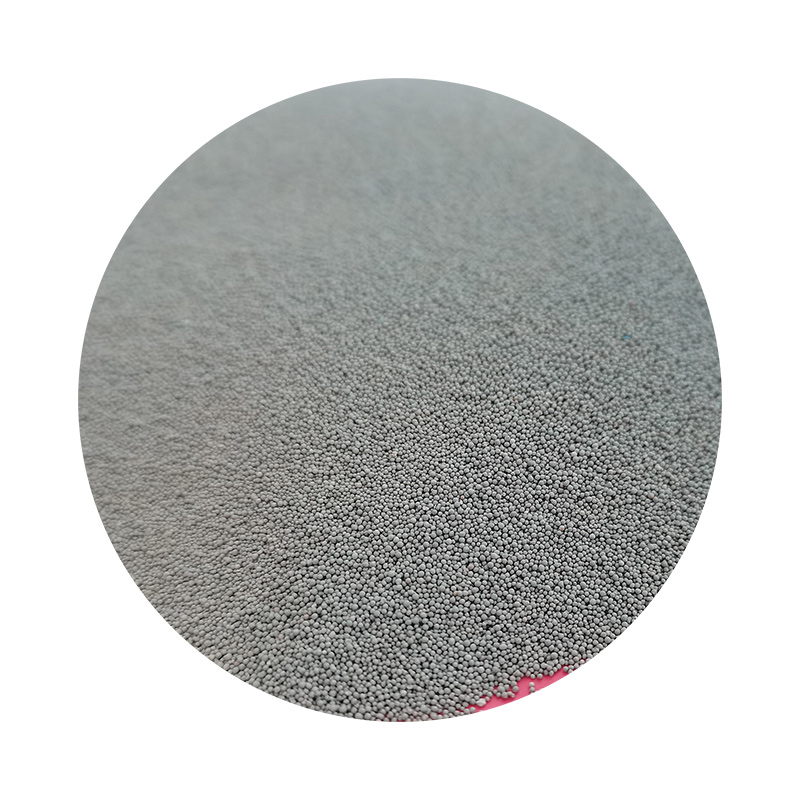The Evolution of 3D Printed Sanding Revolutionizing Surface Finishing
3D printing has undoubtedly transformed manufacturing and design across various industries. One of the lesser-discussed aspects of this technology is its application in sanding processes that enhance surface finishing. 3D printed sanding tools are not just a novel concept; they represent a significant evolution in how we think about precision, efficiency, and customization in surface finishing applications.
Traditional sanding techniques often involve manual labor and the use of abrasive materials that can be time-consuming and sometimes inefficient. The emergence of 3D printed sanding solutions has begun to change the landscape, offering numerous benefits that cater to modern manufacturing needs.
Customization at Its Best
One of the most advantageous features of 3D printed sanding tools is customization. Traditional sanding tools are often standardized, which can limit their effectiveness when it comes to specific shapes or contours. With 3D printing, manufacturers can design sanding tools tailored to exact specifications, optimizing the tool for the job at hand. This means that intricate designs can be sanded smoothly without the need for excessive manual effort or damaging the workpiece. Custom-shaped sanding tools can easily be produced to fit complex geometries, ensuring that every surface is finished to perfection.
Efficiency and Cost-Effectiveness
3D printed sanding tools also offer significant efficiency improvements. The traditional sanding process can be lengthy, involving multiple passes with different grit levels. However, with the ability to manufacture sanding tools that combine various grits into a single unit, the process can be streamlined. This not only saves time but also reduces material waste, contributing to lower production costs. As manufacturers seek to minimize operational expenses, adopting 3D printed tools can lead to substantial savings while improving turnaround times.
Integration with Digital Manufacturing
3d printed sanding

The integration of 3D printing with digital manufacturing technologies heralds a new era for sanding processes. Digital designs can be easily modified and adapted in real-time, allowing for rapid prototyping and testing of new sanding tools. This agile approach to manufacturing means that businesses can respond quickly to market demands and customer preferences, ensuring that their tools are always up to date and effective.
Moreover, the combination of 3D printing and computer-aided design (CAD) software allows for precise control over tool dimensions and shapes. This precision presents opportunities for designing tools that not only sand surfaces but also improve ergonomics for the operator, leading to better comfort and efficiency during use.
Sustainability and Material Choices
As industries become more aware of their environmental impact, sustainability has risen to the forefront of manufacturing practices. 3D printing enables the use of more sustainable materials that are biodegradable or recyclable compared to traditional sanding tools. Furthermore, since 3D printing generates less material waste during the production process, it aligns with the growing demand for eco-friendly manufacturing solutions. This shift towards sustainability not only benefits the environment but can also enhance a company's reputation and appeal to eco-conscious consumers.
Future Prospects
The future of 3D printed sanding is undoubtedly promising. As technology advances and materials continue to improve, we can expect even more sophisticated and effective sanding tools to emerge. Innovations in printer capabilities may allow for the creation of sanding tools that incorporate advanced features, such as self-adjusting abrasive surfaces and even integrated sensors to monitor surface quality in real-time.
In conclusion, the evolution of 3D printed sanding tools represents a significant leap forward in surface finishing technology. With their customizable designs, enhanced efficiency, integration with digital manufacturing, and focus on sustainability, these tools are set to redefine the standards for sanding processes across various industries. As this technology matures, we will likely see increased adoption, leading to more innovative applications and methodologies that will further enhance manufacturing capabilities in the years to come.
Post time:ნოე . 20, 2024 20:57
Next:resin coated sand manufacturing process
